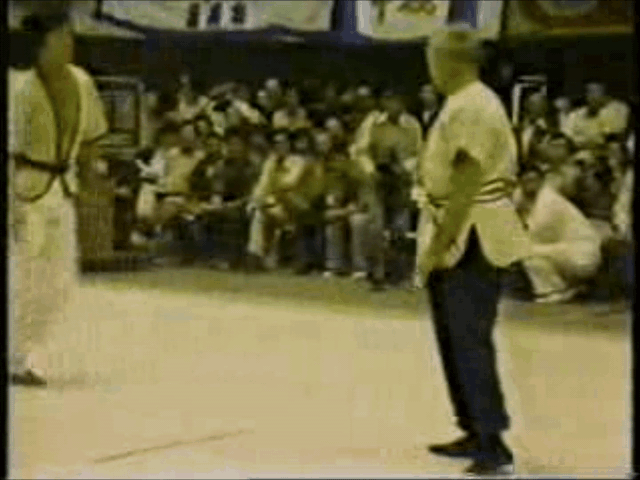Every sweep, throw, and roll in grappling works on a circular concept. Hence the wheel metaphor of Tai Chi.
That's where force meets force (yang-yang) and surrender meets surrender (yin-yin) don't make sense. Again, can't turn a wheel either of those ways. These are counter to good wrestling skills. Wrestling skills is about obtaining leverage, and that happens at what the Tai Chi people call yang-yin or yin-yang.
And if you want to get interesting, Wing Chun and Hung (Jow) Ga have different concepts of "mun wu", gates and doors. Hung Ga considers the waist/groin gate to be the Yin (front) Yang (back) door (see: Lam Chun Fai). I believe it's because that's where the rotational (wheel) energy of the body is found.
This is fundamental to the physics of Judo and Kano discussed throws using the same ideas, but modernized.
I'm just not sure "double weight" captures the broader idea of manipulating weight. The latter is a far more nuanced thing than "double" whatever. It's more a matter of timing than anything else, something KFW pointed out with his comment about the Goldilocks zone of weighted feet when sweeping. You'll know it when you feel it.



